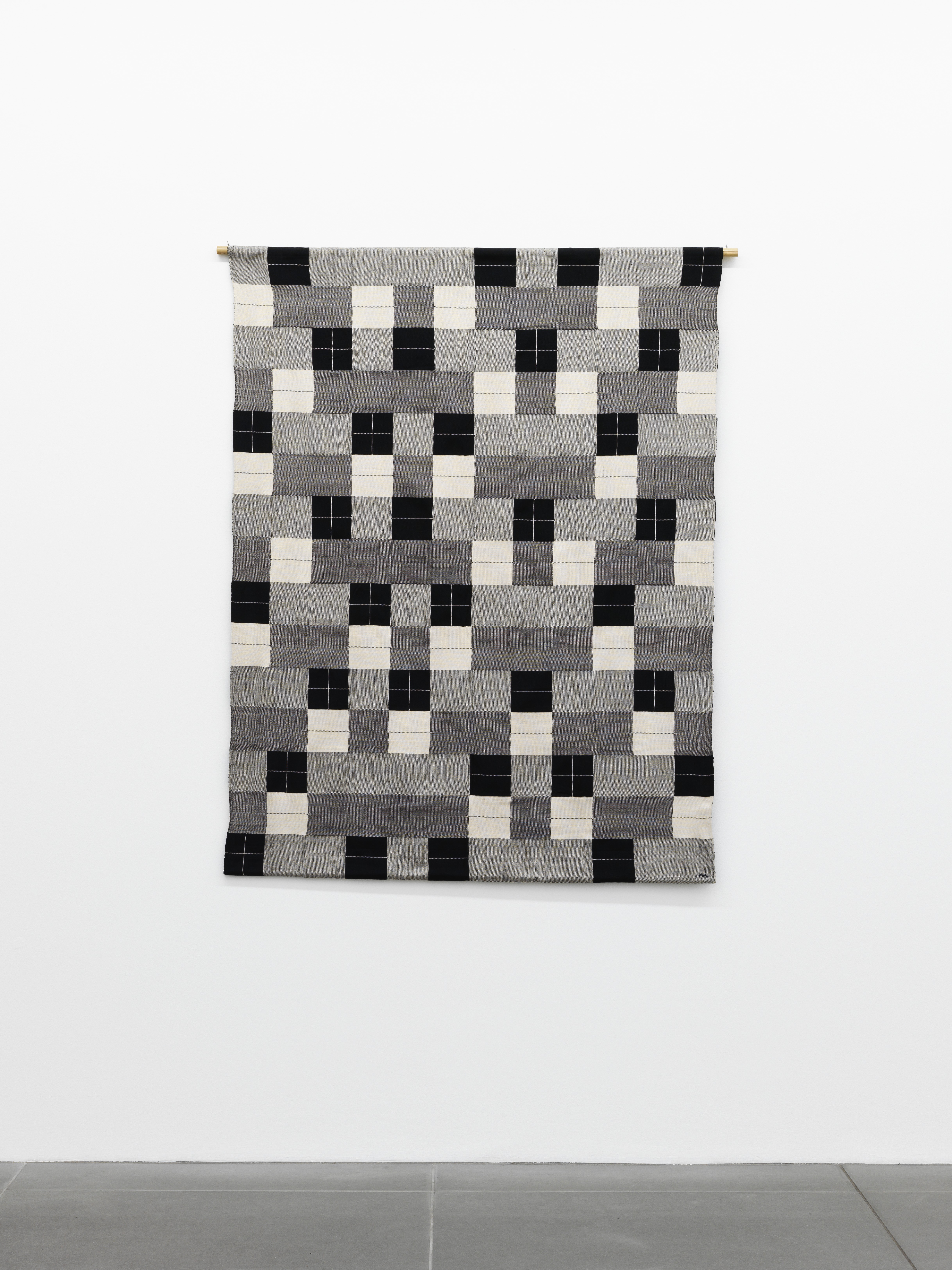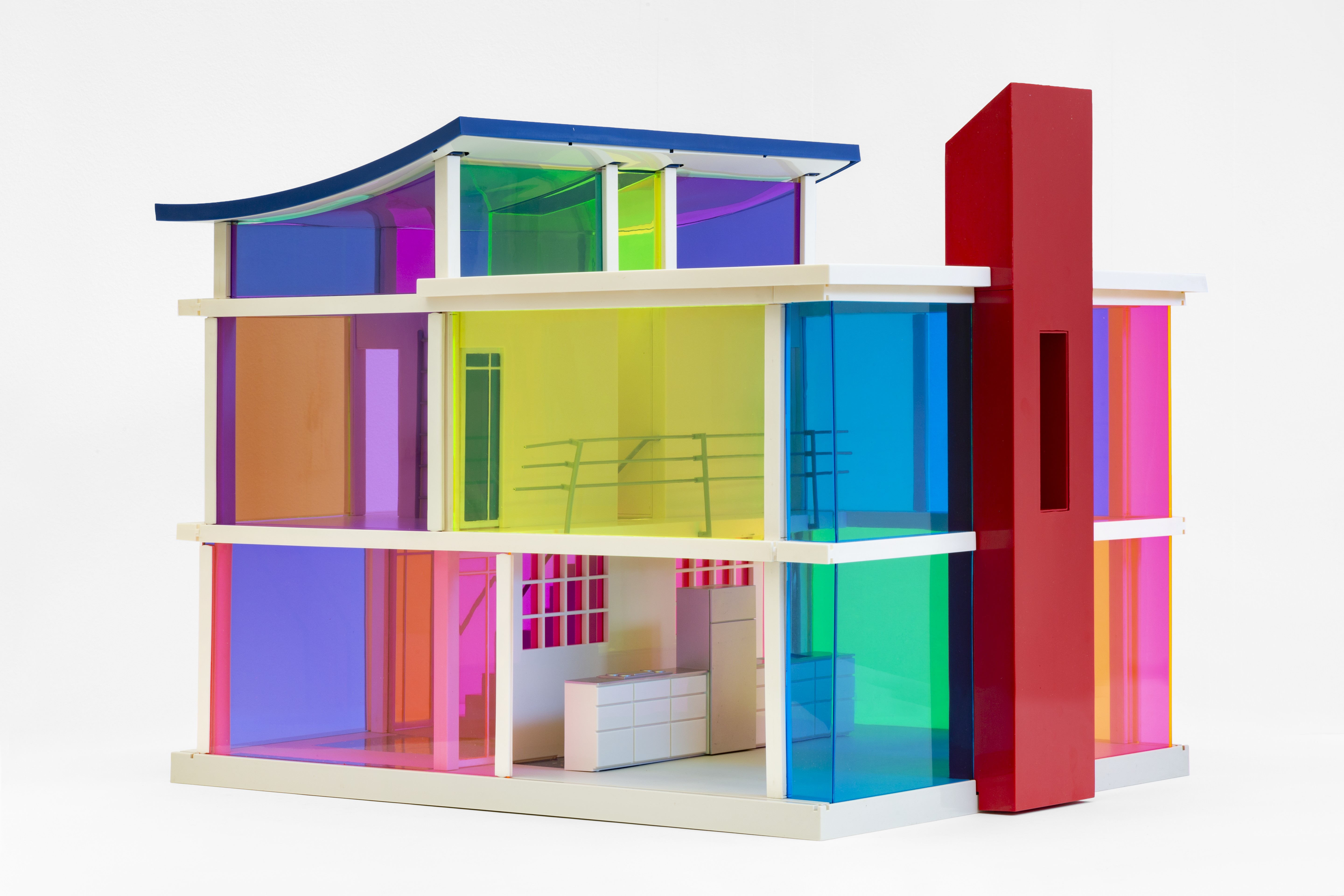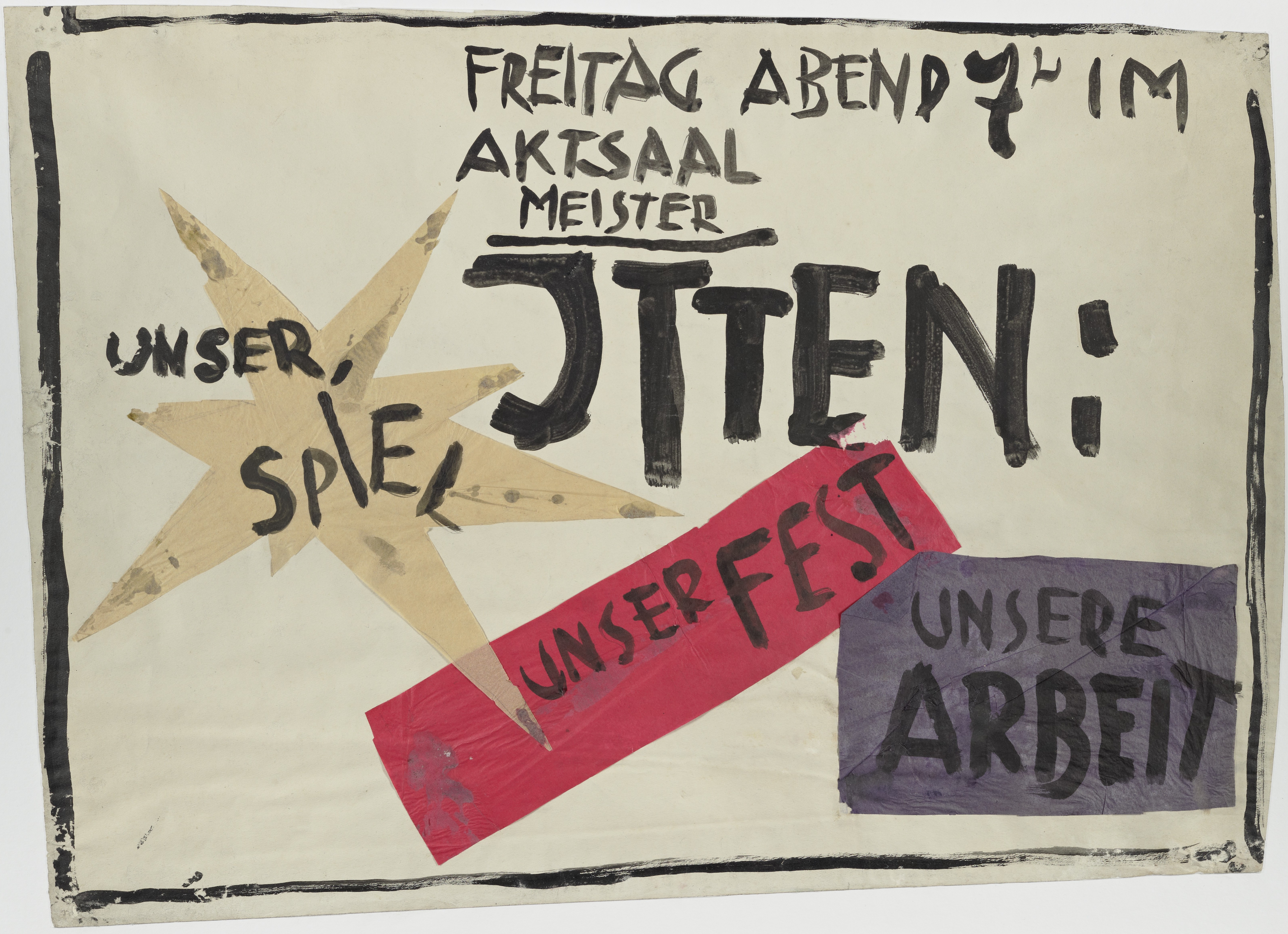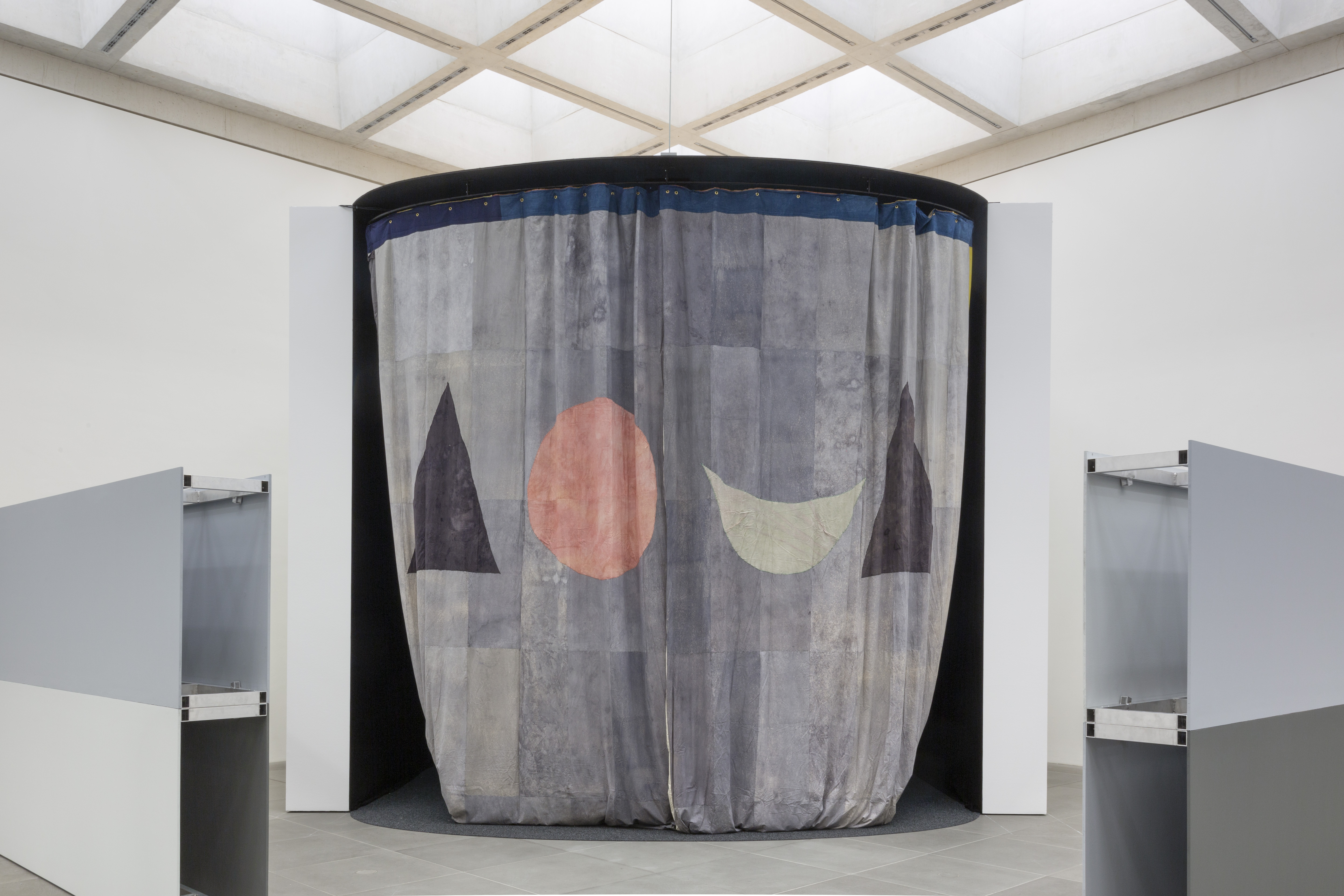BAU [ SPIEL ] HAUS
In 2019, together with the whole of Germany and many international partners, Neues Museum Nuremberg will be celebrating the centenary of the founding of the Bauhaus in Weimar, the legendary school of design that has changed the face of our world. What is the link between a Bauhaus anniversary and artificial intelligence? What do the working environments of Silicon Valley have to do with the Bauhaus’s experimental approach? How was this legendary school of design able to become so influential, its teachings establishing themselves worldwide?
Today, play still exerts a great influence on creative work. The Bauhaus masters recognized the central importance of experimental approaches to material. Especially in the school’s early years, play (in the broadest sense) was deliberately encouraged, with all of its joy and seriousness, as the basis for every kind of design. The many parties at the school became an exuberant rite, its stage a laboratory for unbridled imagination held together by intellectual and social elements. The potential of play in the creative process can be traced to the present: in the working environments of the new economy, play has become a motor for creativity, and thus productivity, and its role in the future looks set to be crucial.
The inclusion of concepts of play and playfulness in artistic development, a time-tested approach that was specific to the Bauhaus, is the focus of this major exhibition, explored in a series of themed clusters. The narrative thread of the exhibition addresses not only historical concepts of play but also their diverse impact, even in virtual spheres. Conceptual juxtapositions and visual analogies are created: Ludwig Hirschfeld-Mack’s doll’s house encounters a colored Perspex counterpart made by artist Laurie Simmons (with Peter Wheelwright). Alma Siedhoff-Buscher’s throw dolls investigate a Nerf Gun, her famous nursery for Haus am Horn contrasts with basketball courts from the offices of Silicon Valley. Maria Montessori’s language box with elements in different colors meets with colorful Post-it notes. An image of Fröbel’s children’s table with a grid pattern stands alongside a rasterized utopian landscape by Superstudio and LEGO® Architecture. Further highlights from the Bauhaus include Josef Hartwig’s iconic Bauhaus Chess Set and Lyonel Feininger’s Town at the End of the World, as well as Anni Albers’ textile designs that give an insight into her style-defining weaving. Oskar Schlemmer’s Homo supports the theory of the “New Man.” The concept of the Anchor Stone Blocks finds contemporary equivalents in modular capsule houses and container architecture. Simple marshmallow stick constructions are found alongside Buckminster Fuller’s geodesic domes, a Zometool construction set next to the Amazon Sphere. Ultimately, the network philosophy of the Bauhaus culminates in working together, the co-creativity of laboratories for the future.
The exhibition also features parallel developments such as Bruno Taut’s glass game Dandanah or Hermann Finsterlin’s modular building kit by the name of Stilspiel. Naturally, the legacy of the Ulm School of Design is also represented—historical evolutions of defining elements are run through: the Itten-Hocker, a simple wooden cube with a slit, meets Max Bill’s Ulmer Hocker, which in turn meets with Hans Gugelot’s modular play furniture system and the Berliner Hocker from Van Bo Le-Mentzel’s Hartz-IV-Möbel series.
The exhibition BAU [SPIEL] HAUS follows the dialogical concept of its curators Thomas Hensel and Robert Eikmeyer. It is a fluid combination of conventional exhibits and more recent contributions with commissioned works by contemporary artists. Liam Gillick designed the display, recalling the principle of a construction kit, as well as Josef Albers’ experimental paper folding. The contemporary contributions include Eva Grubinger’s Problem #6, a brainteaser puzzle so enlarged as to make tactile manipulation impossible, meaning it can only be untangled in the mind. With her installation Tree Identification for Beginners, Yto Barrada proves that complex processes—in this case her mother’s political activities in the 1960s—can be represented and visualized using the simple elements of a Montessori construction kit. Film excerpts of Goshka Macuga’s installation To the Son of Man Who Ate the Scroll show a strikingly humanoid robot, taking a critical look at both the fascination and the risks of artificial intelligence. Thomas Hawranke’s three-channel video installation the grid, the lib and the best of all possible worlds shows how spaces for play are constructed in computer games, recalling the grid-based building brick worlds devised by Friedrich Fröbel. A new film produced for the exhibition shows Joost Siedhoff in a homage to a photograph of himself at Haus Am Horn, playing in the interior designed by his mother Alma, almost one hundred years later.
Overall, rather than chronological sequences, the exhibition offers a chain of associations that begins with the poster for Itten’s inaugural lecture Unser Spiel, unser Fest, unsere Arbeit and ends with Olaf Nicolai’s “... WORK ... GAME ... PARTY ... WORK ... GAME ... PARTY ...” made using letters from his A-New-Font alphabet, as a contemporary answer response realized in a large programmed lightbox.
With work by artists including: Friedrich Fröbel, Maria Montessori, Gustav & Otto Lilienthal, Lyonel Feininger, Bruno Taut, Walter Gropius, Hermann Finsterlin, Johannes Itten, Oskar Schlemmer, Anni Albers, Ludwig Hirschfeld-Mack, Alma Siedhoff-Buscher, Georg Weidenbacher, Max Bill, Hans Gugelot, Hans Brockhage, Renate Müller, Laurie Simmons, Liam Gillick, Olaf Nicolai, Yto Barrada, Goshka Macuga, Eva Grubinger, Thomas Hawranke.
Curators
Prof. Dr. Thomas Hensel, Pforzheim University
Dr. Robert Eikmeyer, Pforzheim University
Display by Liam Gillick
Catalogue
A catalogue with conceptual input from Olaf Nicolai will be published on 11 April 2019.
Cooperation

This exhibition project is funded by Germany’s Federal Cultural Foundation


A co-organisation with Hochschule Pforzheim

Pressefotos
-
+

-
+
 Joost Siedhoff_Foto Roman März.jpg)
-
+

-
+

-
+

-
+

These images may be used free of charge for editorial reporting on this exhibition, on condition that the credit is clearly and fully indicated.
Login protected press area
To download the high-resolution version of press images, please log in or register here.
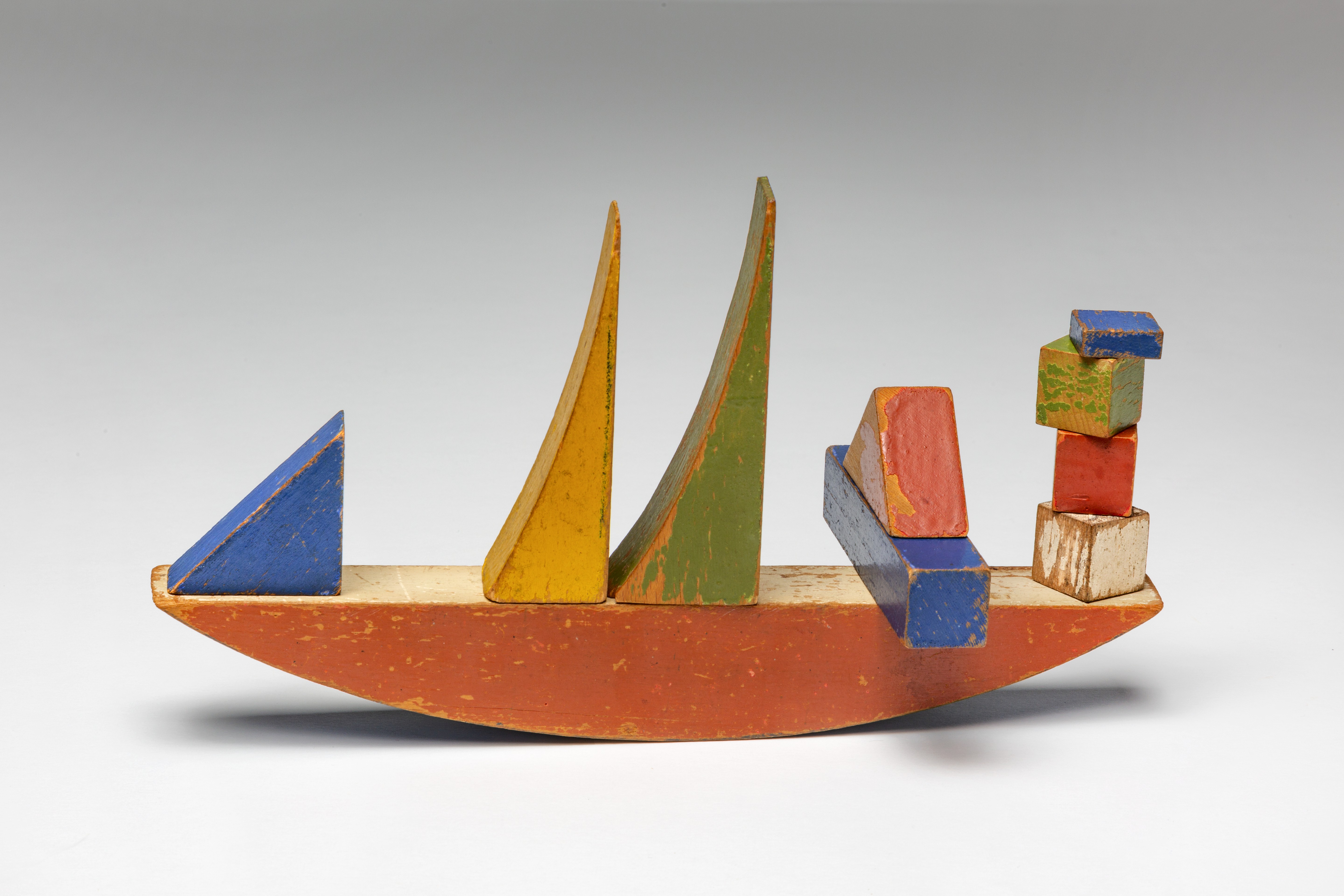
 Joost Siedhoff_Foto Roman März.jpg)
